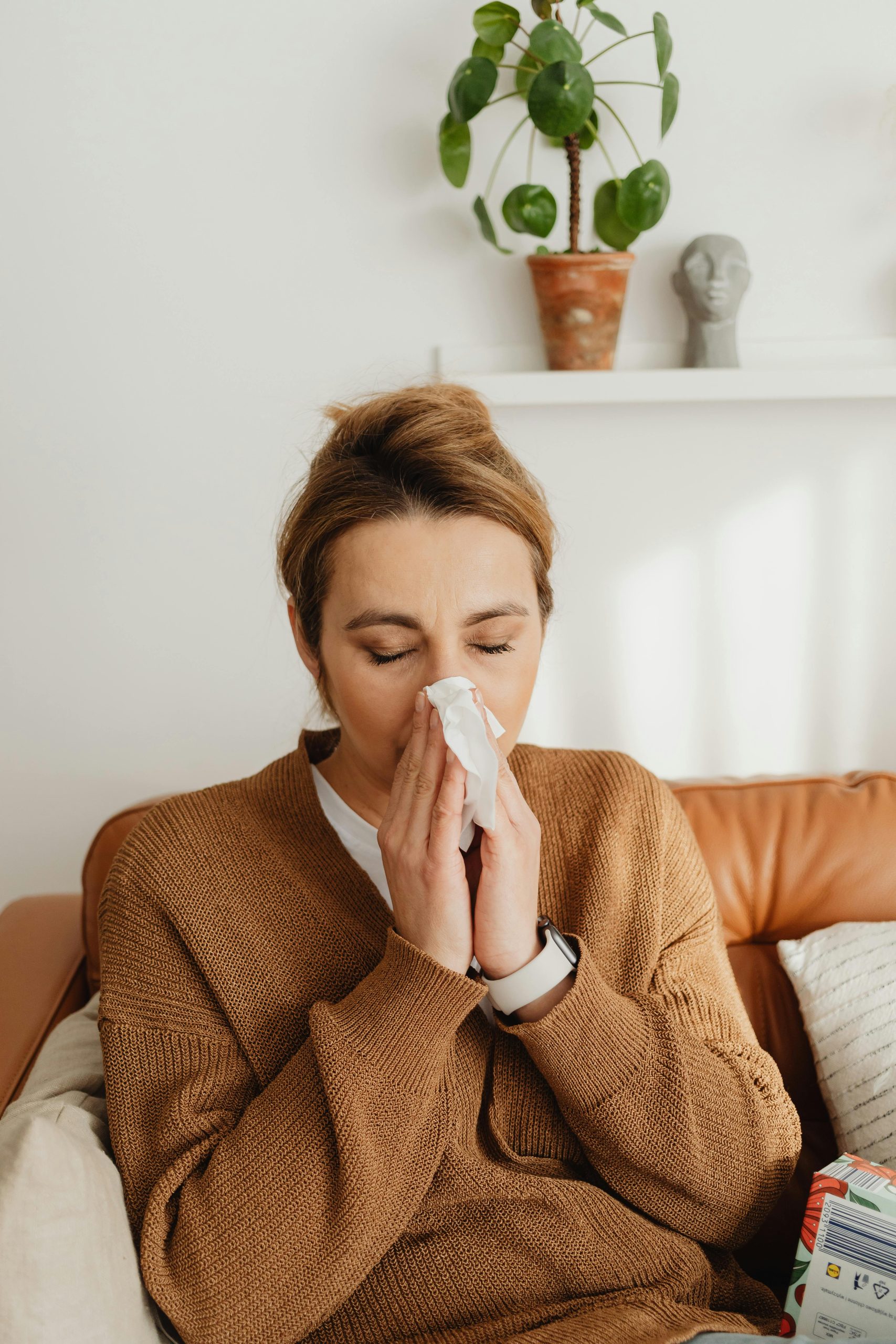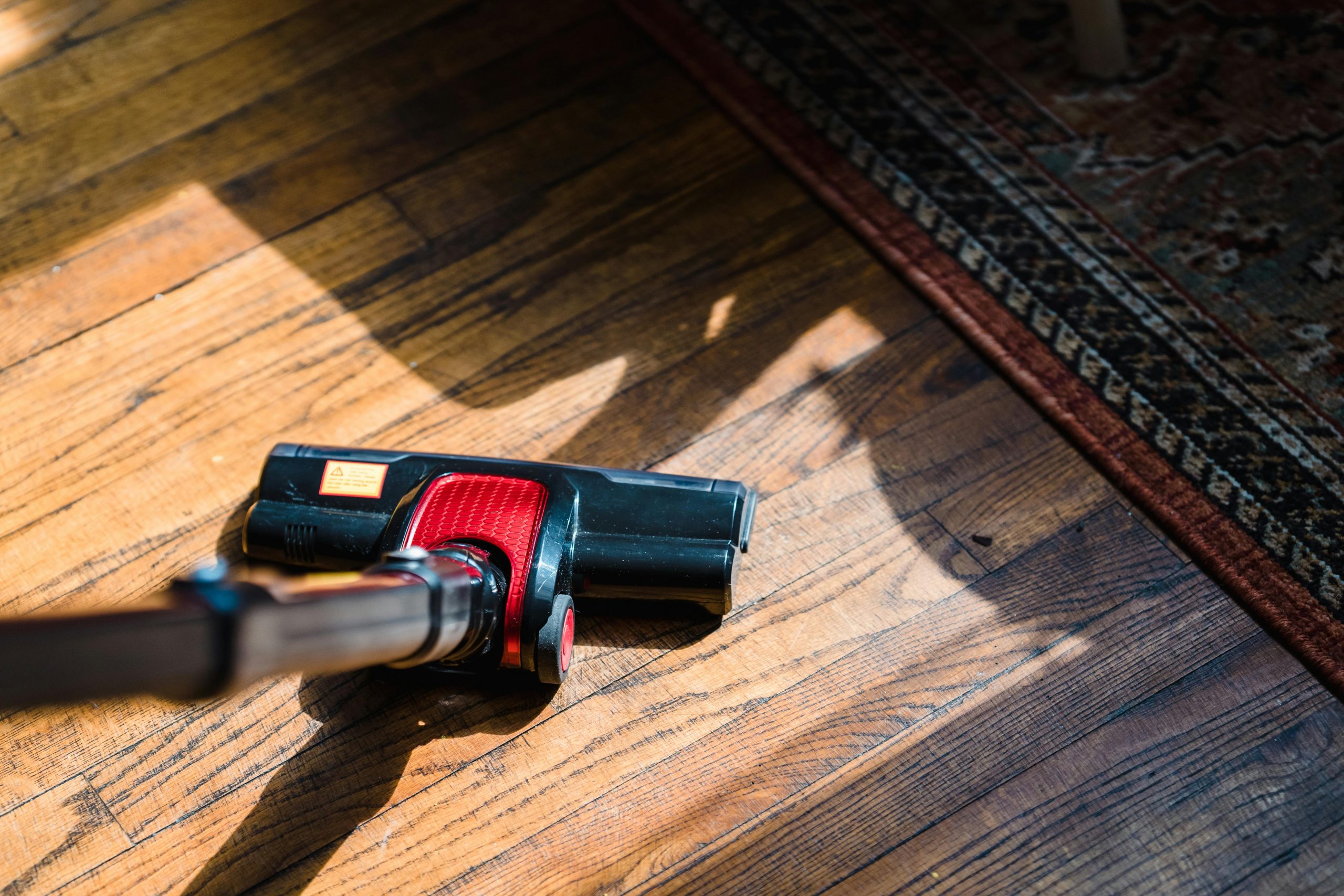Allergies Acting Up? Your Rug Might Be the Culprit
If you find yourself waking up with itchy eyes, a runny nose, or an unexplained cough—even when it’s not allergy season—your home might be the source of your symptoms. More specifically, the culprit could be right under your feet. Rugs add warmth and beauty to a space, but they’re also prime hiding spots for allergens. Dust, pollen, pet dander, and even mold spores can settle deep into rug fibers, triggering reactions in sensitive individuals and making indoor air quality worse.
If you or a family member struggles with allergies or asthma, understanding how rugs affect your indoor environment is a crucial part of creating a healthier home. Let’s take a closer look at why rugs can be allergy hotspots, how to clean them properly, and what you can do to breathe easier.

What’s Hiding in Your Rug?
Rugs may look clean on the surface, but deep down, they often harbor a cocktail of microscopic particles that build up over time. These allergens can become airborne with the slightest footstep or draft, circulating through your living space and irritating your respiratory system.
Here’s what might be living in your rug:
• Dust mites: These tiny, spider-like creatures feed on skin flakes and thrive in warm, humid environments. Their waste products are a major indoor allergen and are often found in rugs, carpets, and upholstery.
• Pet dander: Even if your pets don’t appear to shed much, their skin flakes and saliva can accumulate in rugs and trigger allergies.
• Pollen: During the spring and fall, pollen can enter your home through open windows, shoes, or on your clothes, and settle into rug fibers.
• Mold spores: If your rug has ever been damp—due to spills, humidity, or flooding—it could harbor mold, which can be a significant allergen and health hazard.
• Bacteria and viruses: High-traffic rugs can also collect germs brought in on shoes, which contribute to allergy-like symptoms or even illness.
How Rugs Impact Indoor Air Quality
Rugs act like filters, trapping particles and preventing them from staying airborne. In theory, that sounds helpful—but just like any filter, they need to be cleaned regularly. Otherwise, rugs become saturated with allergens and lose their ability to trap new ones. Worse, walking across a dirty rug kicks allergens back into the air, where they’re more likely to be inhaled.
For people with allergies or asthma, poor indoor air quality can lead to chronic symptoms and reduced quality of life. Regular rug cleaning is one of the simplest ways to improve the air you breathe—especially in rooms where you sleep or spend a lot of time.

Warning Signs Your Rug Is Causing Allergies
It’s not always obvious that your rug is contributing to your health problems. Symptoms like sneezing, coughing, and congestion can be easy to dismiss—until they become constant. Here are a few signs that your rug might be the issue:
• You feel better when you’re away from home
• Allergy symptoms worsen after vacuuming or walking on the rug
• Pets lie on the rug frequently
• The rug smells musty or damp
• It hasn’t been professionally cleaned in more than a year
If any of these sound familiar, it’s time to take a closer look at what’s lingering in your rug.
Vacuuming Helps—But It’s Not Enough
Regular vacuuming is a good start, but it only reaches the surface level. Even high-powered vacuums often leave behind fine particles and allergens that are embedded deep in the rug’s backing. Some vacuums even release particles back into the air if their filters aren’t up to par.
To reduce allergens effectively, vacuum your rug at least once or twice a week using a vacuum with a HEPA filter. Make slow, overlapping passes, and don’t forget the underside of the rug—especially if you have hardwood floors, where dust can collect beneath.
Still, even the most diligent vacuuming can’t reach everything. That’s where deeper cleaning methods come in.

Why Professional Cleaning Makes a Difference
While DIY spot cleaning and regular vacuuming can handle day-to-day maintenance, professional rug cleaning is essential for allergy control. Expert cleaning services use techniques that reach deep into the rug fibers, removing embedded allergens, bacteria, and residue that at-home methods miss.
Depending on your rug’s material—wool, synthetic, silk, or cotton—different methods may be used, including:
- Immersion cleaning: Fully submerging the rug to remove dirt, dust, and allergens from every fiber.
- Low-moisture extraction: Effective for delicate rugs or those in humid environments.
- Dry cleaning or encapsulation: Used for rugs that can’t tolerate water exposure.
Professionals also use equipment that eliminates allergens without leaving behind soap or moisture, which can attract new dirt and encourage mold growth if not dried properly.
Allergy Relief Starts with The Rugsters
At The Rugsters, we specialize in deep-cleaning rugs to remove the allergens that trigger sniffles, sneezes, and respiratory discomfort. Using non-toxic, fiber-safe methods, our team lifts away dust mites, pollen, pet dander, and more—helping you create a healthier home environment.
Based in Leonia, NJ, we proudly serve Bergen County communities like Ridgewood, Fort Lee, Teaneck, and Englewood. Whether you’re dealing with pet allergies, seasonal sensitivities, or dust buildup, our expert rug cleaning makes it easier to breathe.

